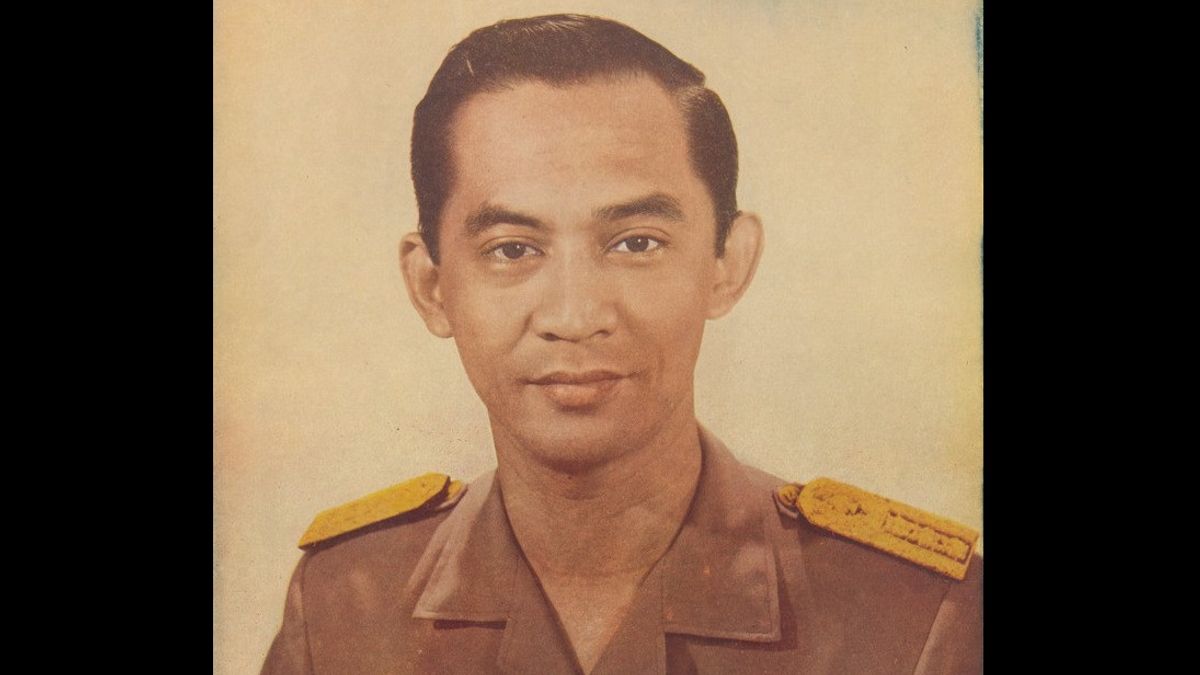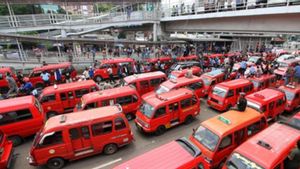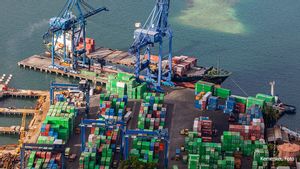JAKARTA - Ali Sadikin is a progressive leader figure. In his hands, Jakarta beautifies itself. The governor of Jakarta, who served from 1966-1977, made many improvements, including the issue of settlements. There is something unique about Ali Sadikin's attitude. Rather than providing cheap housing, he prefers to repair villages in Jakarta.
The village improvement program was called the Muhammad Husni Thamrin (MHT) Project. Ali Sadikin's efforts had many benefits. From health, cleanliness, to economic improvement. The MTH project then becomes the true embodiment of the phrase: happy citizens, progressing the city.
The origin of the village improvement project was the idea of a member of the Jakarta City Council, MH Thamrin in the 1920s. Thamrin, who was also a figure of the national movement, asked the colonial government to pay more attention to the slum villages in Batavia (Jakarta).
Ali Sadikin thought that if the villages in Jakarta were not repaired, Batavia would be in danger of flooding and disease. Thamrin considered the project called Kampung Verbetering as the answer. Indeed, the condition of the Batavia villages at that time was quite depressing.
Many homes are inadequate. Some are made of bamboo, gedek, or boards. Not to mention, regarding its irregular location. The impression of the village as the source of a dangerous disease came to the surface. This problem extends to social problems. There was a gap between the villages of the native people and the various buildings owned by the Batavian government.
"Batavia is still like a fine framed painting, decorated with spacious villas with wide roads, while villages are represented on worthless canvases," said Thamrin.

Thamrin's idea was approved by the Dutch government. The agreement was the first momentum for the Dutch to care about the problems of the village of the native people. The village improvement program later helped hundreds of thousands of people find comfortable lives.
The problem of garbage and poor sanitation is the main focus of Thamrin's proposal to be addressed. It was also noted that Thamrin proposed a budget to the Batavia City government to reach 100 thousand guilders. The money is used entirely for repairs and employs a hundred coolies.
"He suggested improving the management of rice distribution, establishing proper drainage facilities, and providing clean water to villages," wrote Bob Hering in the book Mohammad Hoesni Thamrin (2003).
It was initiated by Thamrin, followed by Ali Sadikin
After Indonesia's independence, the village improvement program in Jakarta was discontinued. Even if there is, the improvements will only be on a small scale. Most of the Jakarta leaders in the early days of independence were even competing to provide cheap housing compared to managing slum villages.
This was not continued when Ali Sadikin led Jakarta. Ali Sadikin refuses to build cheap houses. He is more interested in making village improvements, as was done by MH Thamrin.
This effort was made because Ali Sadikin realized that his duty was to protect the people, from birth to death. Ali Sadikin, who is known to be happy to go to villages, found a lot of settlements in dire conditions.

Instantly, Ali Sadikin remembered the momentum when he was still a shipping school student, who often visited his uncle's house in Bukit Duri, Jatinegara on Saturdays and Sundays. There Ali Sadikin saw a clean village with good roads. Through this description, Ali Sadikin then wanted to start a village improvement project.
"Then I went to Bappenas. I look forward to your support. But when I talked to the head of Bappenas, Wijoyo Nitisastro, I felt that my idea was rejected because improving the village was not a priority for them. They don't seem to see that improving the village will bring in money. They see it from an economic point of view. I was disappointed, ”said Ali Sadikin's story as quoted by Ramadhan KH in the book Bang Ali: Demi Jakarta 1966-1977 (1992).
Ali Sadikin's disappointment was fundamental. Village improvement, said Ali Sadikin, should be a top priority. In terms of benefits, there are more village improvements. Mainly related to improving the health and hygiene of Jakarta as a metropolitan city.
Thus, the economic benefits will follow afterwards. As a result, Ali Sadikin started looking for another way. The plan was then put forward directly in front of the DKI Jakarta DPRD. Ali Sadikin's plan was fully understood by the people's representatives. Immediately, village improvements were included in the six vital projects of DKI Jakarta.

The project ran from 1968 to the 1970s. Initially the village that was the main focus was precisely the village in the old Jakarta area - now the Kota Tua area. However, it was changed immediately. Ali focused on the worst village areas, in the sense that the village was far from feasible.
There are no roads, clean water is difficult, and bathing-washing-latrines (MCK) are still rare. Because of that, during Pelita I, the villages repaired reached 87 villages. In general, village improvements were carried out in villages that were built before 1956.
"Having been repaired the village has actually encouraged the residents' efforts to repair their houses. So that this program has multiple results on the improvement of the environment as a whole. In calculating the cost & benefit carried out by the World Bank consultant team, the cost benefit ratio is far more than one, "added Ali Sadikin in his book, Gita Jaya (1977).
Full of criticism and underfundedHowever, the village improvement project also did not escape criticism and a lack of funds. One of the criticisms revealed that the project only focused on beautifying the village, not improving the standard of living of Jakarta residents.
Ali Sadikin dismissed this assumption. According to him, village repairs are broader than that, including repairing roads for people and vehicles, building bridges, constructing sewers, rehabilitating, building and repairing toilets, building schools, health centers, and providing education for Jakarta residents to protect the environment.
Regarding the lack of funds, Ali Sadikin did not bother even though the DKI Jakarta government treasury was unable to finance the village improvement project. There are also funds that lend the World Bank only half of the total needed to perpetuate village improvement projects. In order to touch many villages, Ali Sadikin boosted his funding from gambling and night entertainment.
"And the aftermath in terms of financing money is never empty of lawsuits," wrote the Express Magazine report, April 5, 1971.
MEMORY OtherThe English, Chinese, Japanese, Arabic, and French versions are automatically generated by the AI. So there may still be inaccuracies in translating, please always see Indonesian as our main language. (system supported by DigitalSiber.id)









